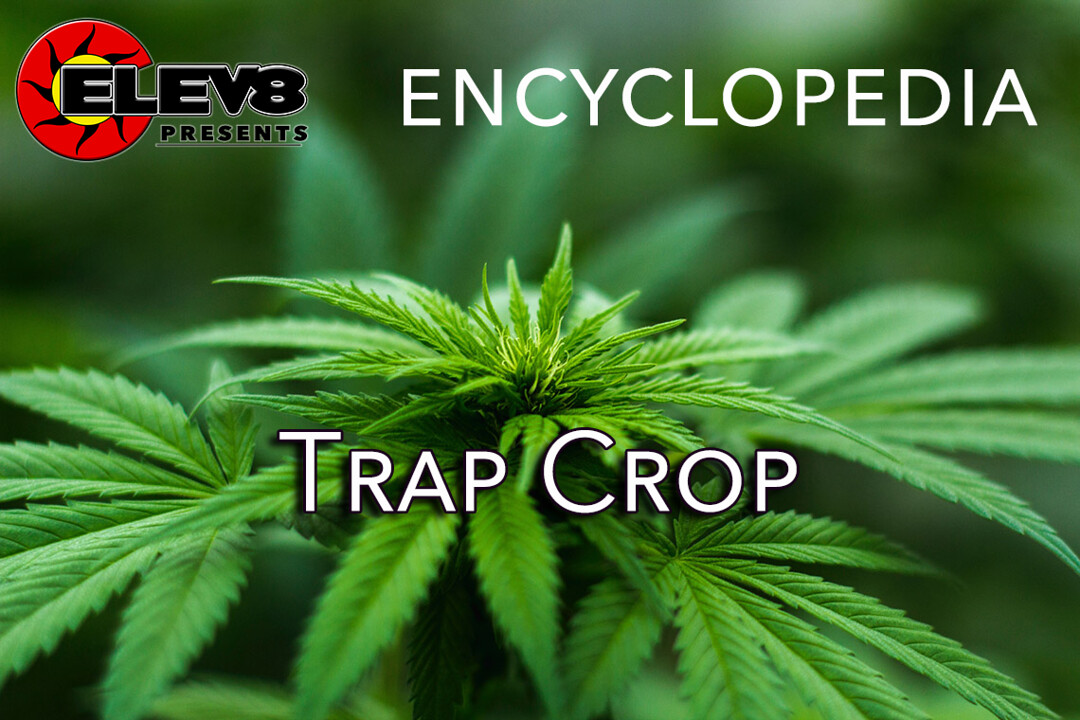What does Trap Crop mean?
A trap crop is any species of plant that is grown in the garden as a diversionary plant to ward off pests.
Trap crops are a form of pest control. They are used to divert a pest’s attention away from the more valuable cash crops.
Milkweed is a common trap species used on organic farms in order to attract moths, which otherwise would attack the more desirable crops.
More Info On Trap Crop
Agribusiness is beginning to learn that a field with a mono-cropping species of all corn or all soybeans only attracts more pests because there is no longer a natural food source available; pests have no where to turn but to the valuable cash crop. Increasingly, farmers are turning to the use of trap crops, which is the intentional planting of a less valuable crop to deter pests away from the cash crop.
A trap crop is a method of luring insects away from the more desirable species. Once infested with pests, the trap crop plant can either be treated, or most often it is simply destroyed.
The use of trap crops is gaining favor with organic farmers as an effective method to control pests in a commercial agriculture setting. It isn’t uncommon, for example, for an organic sweet corn farmer to incorporate a swath of grass and milkweed to control root worm and ear moths. The root worm would rather be feeding on the thick roots of the grass instead of the tender roots of corn. A moth, on the other hand, would much prefer to lay their eggs on a milkweed flower rather than the silk of the corn.
Trap crops are not always native species, and for the hobby gardener they may entail a more sacrificial planting of desirable plants in a location away from the main crop. Mustard, dill, and collards are all excellent trap crop plants.







